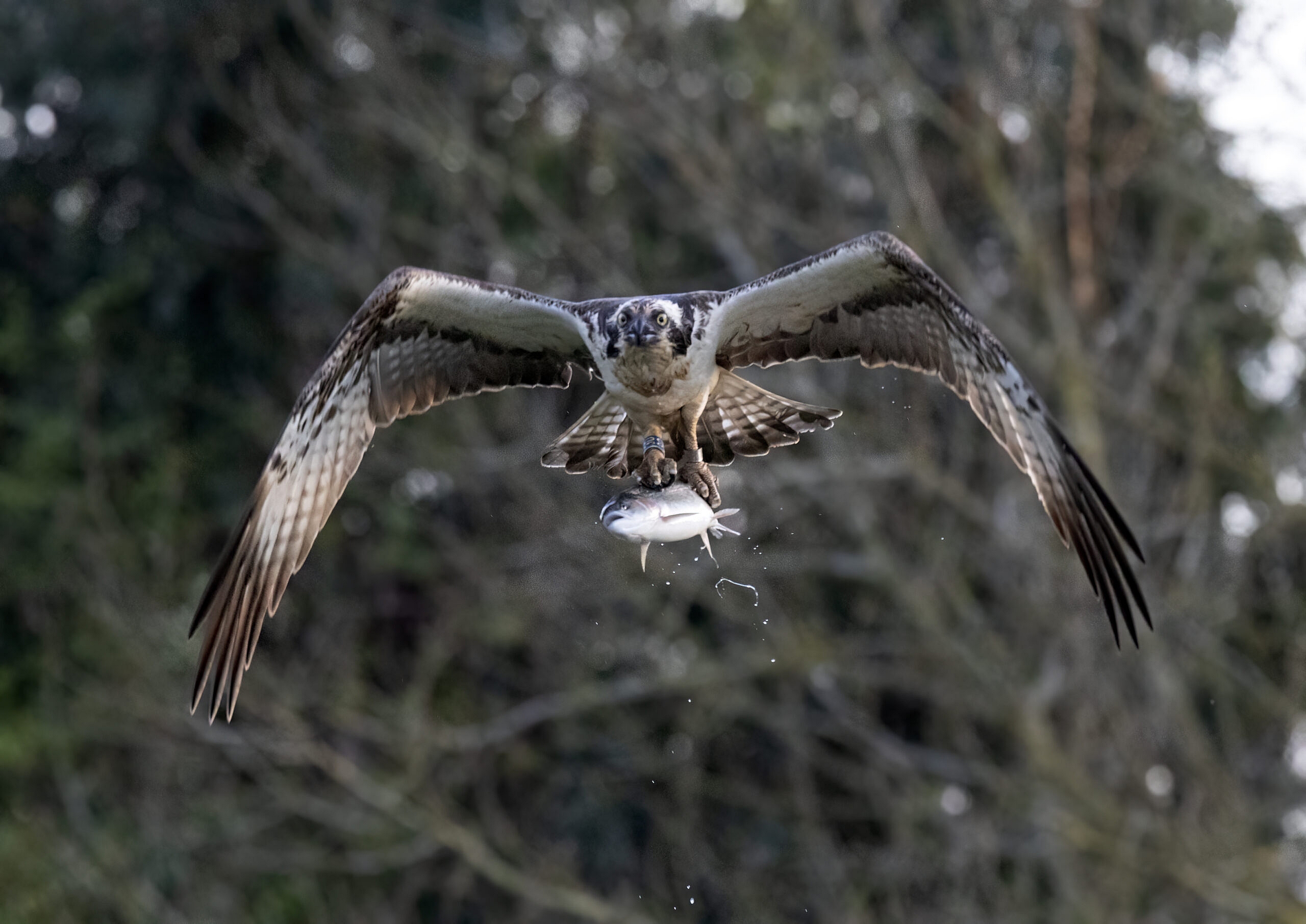A few days ago in Wales, persons unknown took a boat to an island in the centre of the llyn brenig reservoir in Wales and used a chainsaw to fell a new platform erected to encourage Ospreys to breed. The Ospreys, an IUCN red list bird and highly protected in the UK, had in fact just started to breed, and had laid their first egg when their home was destroyed.
At the time of writing, the culprits are unknown. But clearly some people feared the impact the Ospreys would have on their locality. That might be local landowners wrongly believing that the Ospreys would eat livestock, or local fishermen, rightly believing that the Ospreys will eat fish.
But here’s the thing. The llyn brenig reservoir his 4km long by 1.5 wide. At typical fishery stocking densities, that’s enough space for 39,000 large carp. Depending on the size, a pair of ospreys feeding two young will need around 5-7 fish per day. In the five months or so that they stay in the UK, that’s a haul of perhaps a thousand fish. Whatever is taken will be replaced within a couple of years. So the Ospreys will make a dent of perhaps 10% of the fish stocks.
Compare this to the Horn Mill trout far. Predated by Ospreys, the Farm netted all but one of their pools, and turned the remaining pool into an Osprey attraction. Photographers now pay to photograph wild ospreys as they take trout from the farm. It’s a profitable venture for Horn Mill, and profitable for the Ospreys, too.
And so we have two approaches to wildlife conservation. One which, with a little imagination, lets both sides thrive. The other which profits nobody, especially not the morons with midnight chainsaws. See if you can work out which is best.




Social Profiles